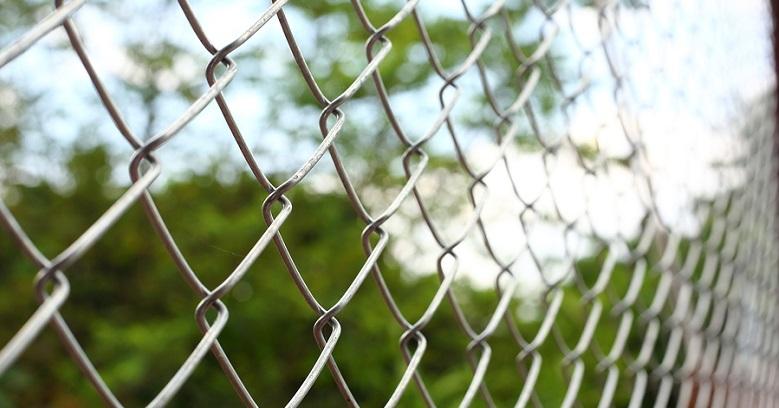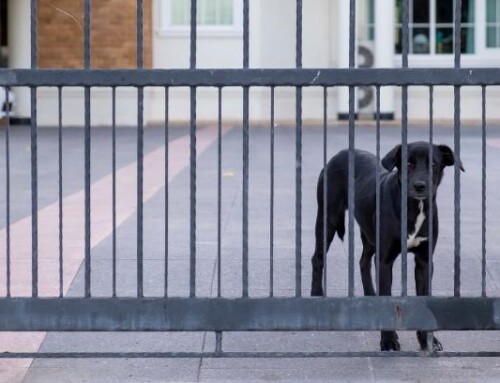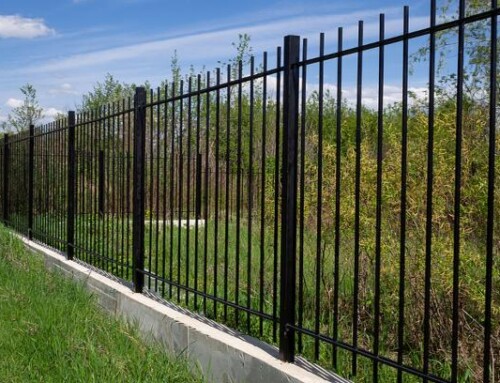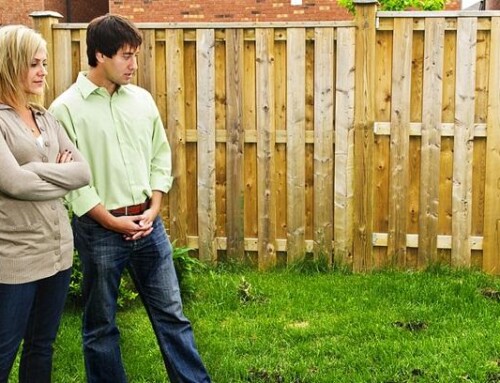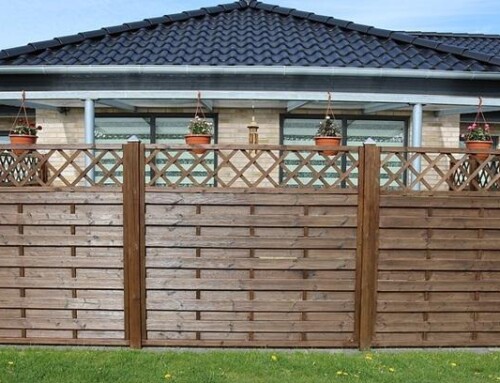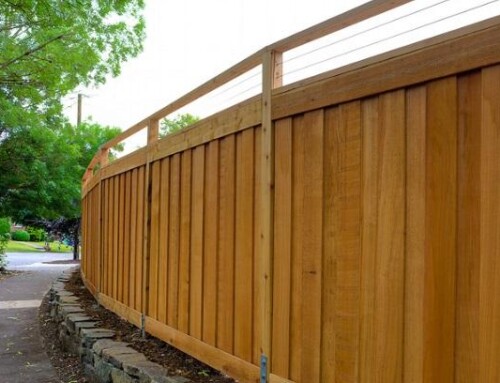From chain link and line wire to more attractive wire mesh, there are many types of wire fences available for a variety of purposes.
As diverse as they may be from each other, they all have one thing in common: the same basic fence installation procedure.
Whether you are having a wire product installed by fence services at your home, business, or farm, all the various types must be installed according to the same general guidelines.
1. Set the Corner Posts and Braces
The most critical part of any wire fence installation is setting the corner posts and braces.
The corner posts bear most of the tension required to keep wire fences tight and upright, so they must be set properly to endure this stress.
The corner setup includes one corner post and two brace posts set perpendicular on either side of the corner post; all three are set deeply in concrete footers.
Once these three posts have been secured, fence services will install a straight brace from the top of the corner post to the tops of the brace posts.
A diagonal brace wire is then installed from the top of the corner post diagonally to the bottom of the brace posts.
When tightened, this brace wire supports the entire corner structure that is ready for hanging or stringing the wire fence.
2. Set the Line Posts
Line posts are the posts between the corner posts that hold up the line wire or wire mesh.
Since these posts are not subject to the same amount of strain as the corner posts, wood posts can be driven into the ground or installed into ready-made holes.
The installation line is marked by stretching a string from one corner post to the other; line posts are then set along the string to ensure the fence line is level.
Fence services must set the line posts of chain link fences in concrete footers to ensure stability and prevent them from coming out of the ground.
3. Install Fencing Material - Line Wire
Once the corner posts, braces, and line posts are set, the line wire or mesh can be hung.
A line wire fence installation is accomplished by attaching the strands of line wire to an end post and running the strands along the line posts, then attaching them with wire clips or galvanized staples.
The wire is attached to the next corner post and tensioned so it stays tight along the line and does not sag.
Once the next line of wires has been added in the second direction, tension from both sides keeps the corner posts balanced.
4. Install Fencing Material - Chain Link
Chain link and wire mesh fences must be tensioned, then attached to the line posts.
The end of the wire mesh is fastened to an end post and the material is unrolled the length of the line and pulled tight.
With the fence under tension, it is connected to the line posts using wire clips, staples, and hangers designed for each type of wire product.
The final step is to attach the end of the mesh to the second corner post.
As with line wire installations, once the second section of wire link or mesh is added, tension from both sides maintains a balance on the corner posts to prevent them from being pulled over.
Consider Hiring A Pro To Install Your Fencing
The installation of wire fences is relatively easy as compared to other types of fence installations; the critical factor is to get the corners right as they support the integrity of the entire fence.
Whether you are installing livestock wire, pet-friendly wire mesh, or chain link around a business parking lot, fence services can have a professional wire installation done for you in almost no time!

